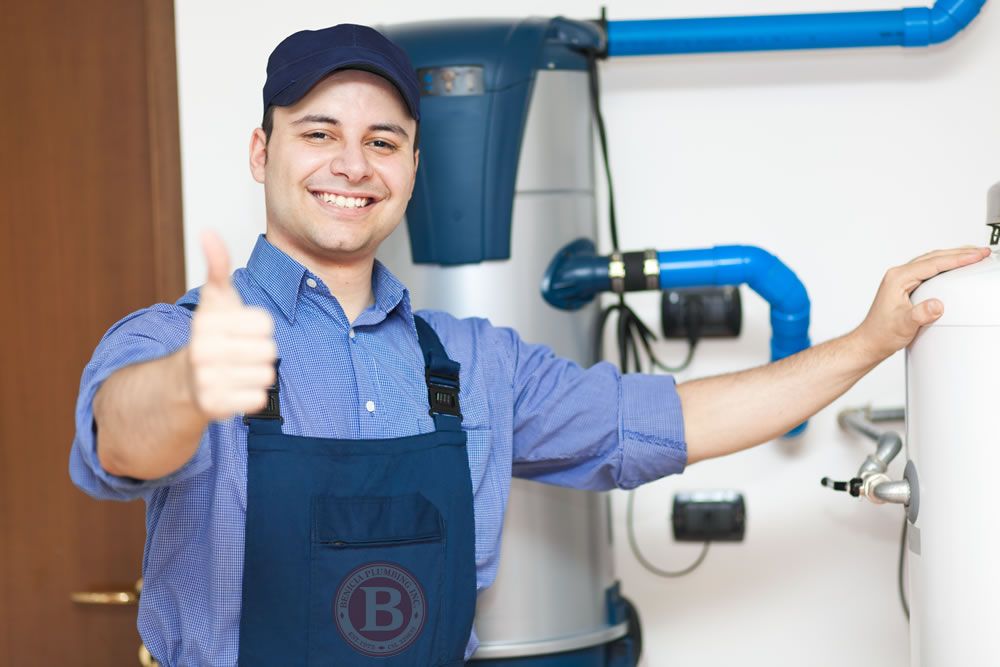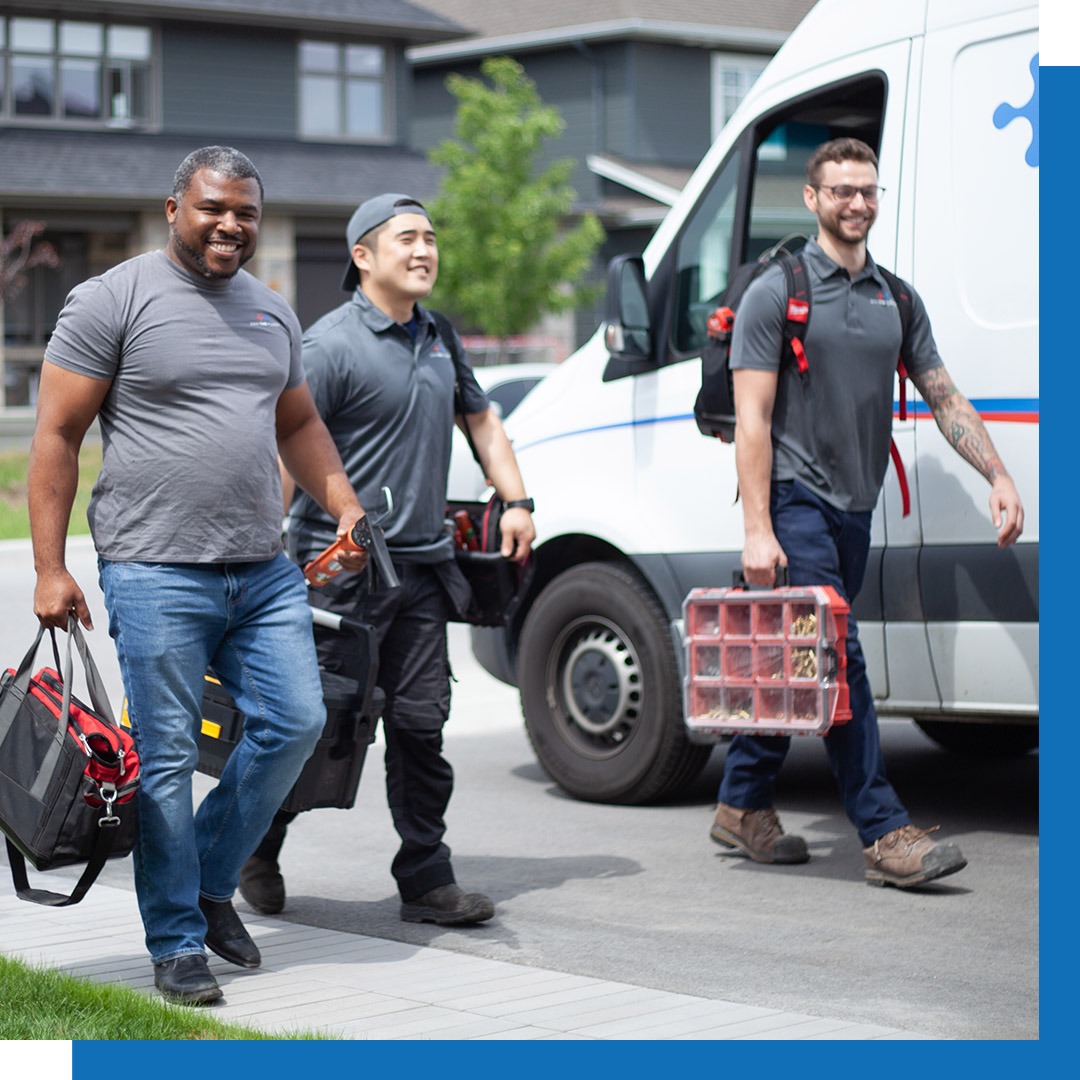Comprehensive Plumbing Alabaster AL Solutions for Your Home
Comprehensive Plumbing Alabaster AL Solutions for Your Home
Blog Article
A Detailed Guide to Effective Water Heating Unit Installment for Optimum Performance
Starting the task of mounting a water heating unit is a venture that demands precision and a methodical approach for achieving optimum performance. The procedure begins with the important decision of choosing the proper heating system customized to the particular requirements of your household, considering factors such as dimension, type, and power source. When chosen, preparing the setup area to satisfy security standards is vital. Nonetheless, the trip does not finish right here. As you proceed, the intricacies of connecting supply of water lines and establishing dependable electric or gas connections wait for, encouraging insights right into ensuring effectiveness and reliability.
Choosing the Right Water Heating Unit

Following, consider the size and capability of the water heater. It's important to analyze your house's hot water requirements, which can vary based on the number of occupants and their usage patterns. A system that's also little may lead to not enough warm water, while a large version could cause unneeded energy intake.
Effectiveness rankings additionally play a pivotal duty in selection. Search for water heating units with high Energy Factor (EF) ratings, suggesting superior efficiency and minimized power use. Tankless models, though commonly a lot more costly ahead of time, offer substantial power cost savings in time because of their on-demand heating capabilities.
Preparing the Installation Location
Prior to setting up a brand-new water heating system, precise prep work of the installation location is essential. This makes sure a smooth installation process and helps stop future complications (Drain Cleaning Alabaster AL). Begin by picking a suitable location that abides by local building codes and safety standards. The location must be dry, well-ventilated, and obtainable for maintenance. It's vital to determine the space carefully to fit the water heating unit's measurements, ensuring ample clearance around the device for efficient operation and maintenance.
Examine the floor for security, as the water heating system will need a strong, level surface area to run properly. If necessary, mount a drip pan below the device to capture potential leakages or spills, avoiding water damages to the surrounding area.
In addition, make sure that all needed tools and products get on hand before starting the installment. This consists of products such as wrenches, screwdrivers, a degree, and any type of added equipment required for safeguarding the heating system and installing. A well-prepared installation area establishes the foundation for an effective hot water heater configuration, maximizing performance and security.
Connecting Supply Of Water Lines
When attaching water lines to your freshly installed hot water heater, it is critical to make certain that all links are safe and secure and leak-free to keep reliable procedure and prevent water damages. Begin by determining the warm and chilly water system lines. The cold water inlet is commonly marked with a blue label or a "C", while the warm water outlet is marked with a red label or an "H".
Usage versatile water heating system connectors to promote a less complicated installment procedure. Prior to attaching the connectors, put a plumbing's tape around the threaded ends of the water heating system's inlet and electrical outlet pipes.
Once links are in area, slowly switch on the major water supply shutoff. Examine each connection for leakages by visually feeling and click here for more info examining for dampness. Tighten up connections as essential, and guarantee the stress safety valve is correctly mounted, guarding against too much pressure build-up.
Establishing Electric or Gas Connections
Appropriately establishing up the electrical or gas connections for your water heating system is a vital step to make certain effective and risk-free procedure. For electrical hot water heater, begin by confirming that the electric circuit works with the heating system's voltage and amperage demands. Make certain the power supply is turned off at the breaker to stop mishaps. Connect the electrical wires to the heating system complying with the supplier's wiring diagram. Generally, this includes attaching the ground cord to the environment-friendly terminal, and the continuing to be cables to their corresponding terminals, safeguarding each with wire nuts.
For gas water heating units, safety is paramount. Attach the gas line to the water heater using an adaptable gas connector, guaranteeing it is appropriately threaded and sealed with pipeline joint compound or Teflon tape ideal for gas connections.
Once connections are made, examine for any prospective leaks. For gas lines, apply a soapy water remedy to the joints; bubbles indicate a leakage. For electrical links, verify that all circuitry is safe and effectively protected, maintaining conformity with local electric codes.
Evaluating and Readjusting for Effectiveness
With the electric and gas links firmly in position, the next step is evaluating the operational effectiveness of your hot water heater. Begin by very carefully activating the water system and making certain there are no leaks at any of the joints or shutoffs. As soon as verified, continue to load the storage tank, taking notice of the stress and temperature settings. It is suggested to set the thermostat to a recommended temperature level of around 120 ° F(49 ° C) to stabilize energy efficiency and comfort.
Following, execute a comprehensive assessment to make certain the home heating components or burner are working correctly. For electrical heaters, use a multimeter to confirm if the components are drawing the proper existing. In gas versions, observe the burner flame; it must be blue and consistent, suggesting efficient combustion.
Readjust the setups as required to get rid of ineffectiveness. Take into consideration carrying out insulation actions, such as adding a hot water heater covering, to further improve efficiency by lessening warmth loss. In addition, examine the anode rod's problem, as a shabby rod can reduce effectiveness and cause container deterioration.
Conclusion
Effective hot water heater installation is important for making certain optimal performance and power cost savings. By picking the appropriate type and size, and meticulously preparing the installation location, a structure for success is developed. Safely linking water lines and meticulously setting up electrical or gas connections reduce possible concerns. Thorough screening for leaks site and exact thermostat changes to 120 ° F enhance reliability and efficiency. Following these actions advertises lasting capability and energy conservation in domestic water heating unit.

Appropriately establishing up the electrical or gas links for your water heater is an important action to make certain reliable and safe operation. For electric water heaters, start by verifying see that the electrical circuit is compatible with the heating unit's voltage and amperage needs. Link the gas line to the water heating system utilizing a flexible gas adapter, ensuring it is correctly threaded and secured with pipe joint compound or Teflon tape appropriate for gas connections.
Report this page